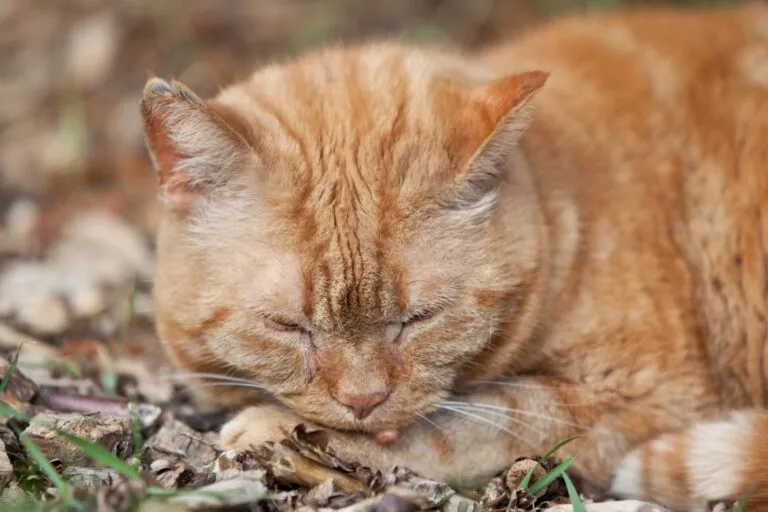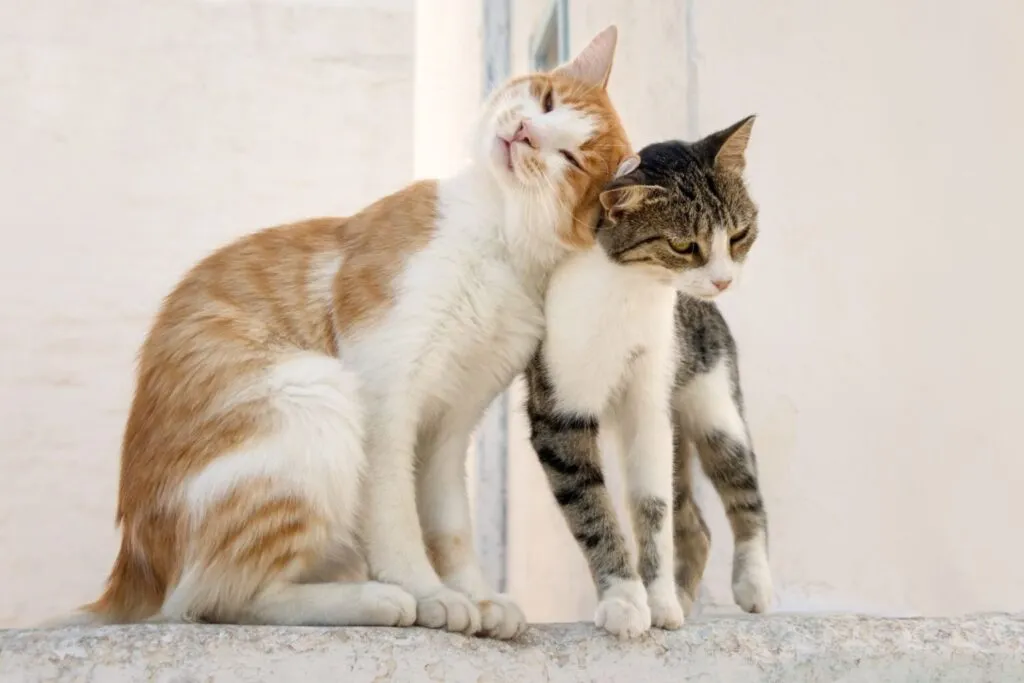Unlike the cauliflower-like shape of warts in dogs, feline warts tend to appear as flat plaques. These are patch-like changes in the skin. Many cats with warts also display scaly skin at the affected spots.
Most often, cat warts look dark and may have some damage on the surface. If warts get inflamed due to a bacterial infection, they might swell and become painful for your cat.
How Large Can Warts on Cats Get?
Initially, warts in cats usually reach a maximum diameter of about eight millimetres. However, it’s possible for them to grow larger over time.
Frequent Sites for Warts on Cats
Warts can form on any skin area, including the oral mucosa. Yet, they’re often found on the following parts of the body:
When Should I Visit the Vet?
Since it’s usually difficult for non-professionals to distinguish between a wart and malignant skin tumours in cats, it’s wise to consult a vet. The vet will examine the wart closely and might remove it.

